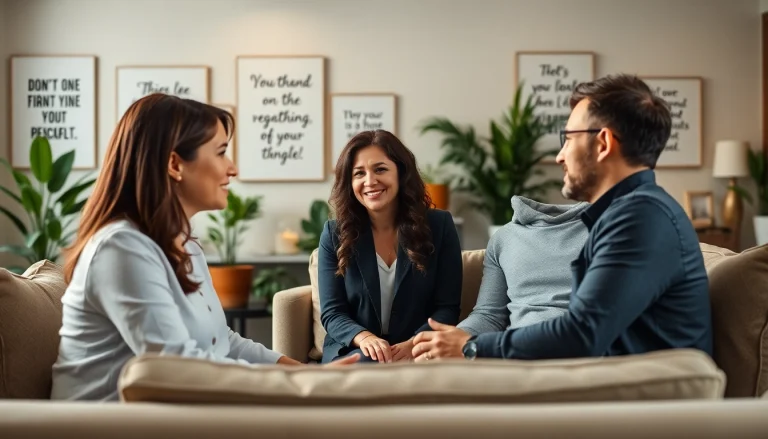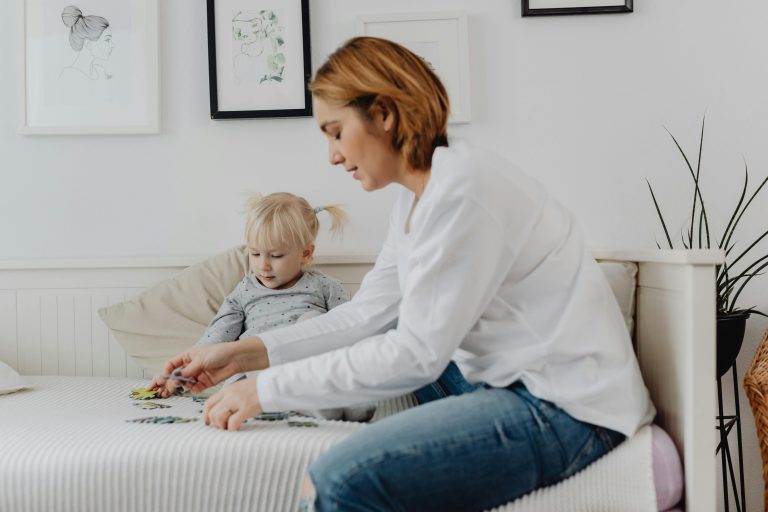
Understanding the Importance of Communication in Relationships
In the realm of relationships, whether romantic, familial, or platonic, communication serves as a lifeline that nurtures connection and understanding. The profound impact that effective communication can have on interpersonal dynamics cannot be understated. It lays the groundwork for transparency, trust, and emotional intimacy. To dive deeper into why communication is paramount, consider this: effective communication is not just about speaking and listening; it is about communication in relationships which shapes our shared experiences and everyday interactions.
The Role of Communication in Relationship Dynamics
Communication forms the bedrock of any healthy relationship. It influences how partners express their love, manage conflicts, and navigate the complexities of cohabitation and shared goals. For instance, open lines of communication help in clarifying misunderstandings, allowing both parties to voice their perspectives and feelings. Whether verbal or nonverbal, communicative actions such as eye contact, body language, and tone reveal a great deal about one’s feelings and intentions.
Moreover, effective communication leads to greater emotional intimacy, where couples feel more connected and understood. The research conducted by John Gottman, a prominent psychologist in the study of relationships, emphasizes that couples adept at communicating are significantly more likely to experience enduring satisfaction. In fact, he identifies five key skills that contribute to a successful relationship, among which communication is vital.
Common Barriers to Effective Communication
Despite its importance, many couples encounter barriers that impede effective communication. These barriers may stem from various sources including:
- Emotional Baggage: Past experiences and unresolved emotions can lead to misinterpretations and defensiveness.
- Distraction: In today’s fast-paced world, distractions such as phones and social media can significantly diminish the quality of conversations.
- Lack of Time: Busy schedules often lead to rushed conversations, where crucial feelings may be overlooked.
- Fear of Vulnerability: Many individuals hesitate to express their true feelings out of fear of rejection or judgment.
Recognizing these barriers is the first step towards overcoming them. Building awareness around these obstacles allows couples to navigate their conversations with intention and care.
Signs of Healthy vs. Unhealthy Communication
Identifying the quality of communication in a relationship can serve as a barometer for its overall health. Healthy communication typically includes:
- Openness and Honesty: Partners share their thoughts and feelings freely without fear of retaliation.
- Active Listening: Each individual attentively listens, making an effort to understand each other’s perspectives.
- Respectful Conflict Resolution: Difficult discussions are approached respectfully, with the aim of finding a solution rather than “winning” an argument.
In contrast, unhealthy communication may manifest as:
- Stonewalling: One partner shuts down during a conversation, leading to unresolved issues.
- Dismissiveness: Belittling or disregarding a partner’s feelings creates an unwelcoming environment for discussion.
- Assumptions: Making assumptions about a partner’s feelings or thoughts without clarification can lead to misunderstanding and resentment.
Key Components of Effective Communication in Relationships
Effective communication hinges on several key components that, when practiced consistently, can transform the depth and quality of interactions between partners.
Active Listening Techniques
Active listening involves fully engaging with the speaker to understand their message. Here are some techniques to enhance this skill:
- Reflective Listening: Not only hear what your partner says but also paraphrase it. This shows understanding and encourages clarity.
- Acknowledge Feelings: Validate your partner’s emotions by acknowledging them without judgment. For instance, saying, “I can understand why you feel that way” can be powerful.
- Maintain Eye Contact: This nonverbal cue reinforces attentiveness and caring.
Incorporating these techniques can significantly enriching the depth of conversations by fostering an environment of mutual respect and understanding.
Nonverbal Communication Cues
Nonverbal communication plays a critical role in how messages are conveyed and interpreted. Common nonverbal cues include:
- Facial Expressions: The expressions on our faces can convey emotions that words might not capture.
- Body Language: Gestures, posture, and movements can indicate openness or defensiveness.
- Physical Proximity: The distance between partners can indicate familiarity and comfort or tension and discomfort.
Understanding these nonverbal cues can enhance the listener’s ability to interpret their partner’s emotional state and respond appropriately.
The Importance of Empathy in Conversations
Empathy involves the ability to put oneself in another’s shoes and understand their feelings and thoughts. Practicing empathy can lead to deeper connections, where both partners feel valued and understood. Consider these strategies to cultivate empathy:
- Ask Open-Ended Questions: Invite your partner to share their thoughts and feelings with questions that require more than a yes/no answer.
- Practice Non-Judgmental Attitude: Approach conversations with an open mind and without preconceived notions.
- Share Personal Experiences: Relating a personal experience can help validate your partner’s emotions and create a sense of belonging.
Practical Tips for Enhancing Communication in Relationships
Implementing practical strategies can lead to more meaningful interactions and relationships. Below are several actionable tips.
Setting Aside Quality Time for Conversations
In our busy lives, it’s crucial to carve out time specifically for meaningful conversations. Establish a routine where you can talk without distractions—whether it’s during a peaceful dinner at home, a walk in the park, or designated ‘date nights.’ This regularity helps reinforce connection and provides a dedicated space for open dialogue.
The Power of Open-Ended Questions
Open-ended questions foster deeper discussions. Instead of asking, “Did you have a good day?” which invites a simple yes or no, ask, “What was the highlight of your day?” This encourages your partner to open up, leading to richer conversations.
Strategies for Constructive Conflict Resolution
Every relationship experiences conflict. The key is in how such conflicts are handled. Consider these approaches:
- Stay Calm: Approach disagreements with a calm demeanor. Taking deep breaths can help mitigate emotional responses.
- Focus on Issues, Not Personal Attacks: Separate the individual from the problem at hand. Discuss the behavior without labeling the person.
- Seek Compromise: Aim for solutions that satisfy both partners instead of insisting on a “win.”
Enhancing Emotional Intimacy through Communication
Emotional intimacy is bolstered through the depth of communication. Engaging in conversations that evoke vulnerability can significantly enhance this intimacy.
Sharing Personal Stories and Experiences
Sharing personal narratives fosters connection. When partners talk about their life experiences, fears, and dreams, they create a powerful bond. This practice can lead to greater understanding and appreciation of each other’s backgrounds and motivations.
Vulnerability and Trust Building
Being vulnerable requires courage. By expressing insecurities, fears, and hopes, partners encourage an atmosphere of trust. This trust empowers both individuals to be authentic and enhances the relationship’s emotional closeness.
Creating a Safe Space for Open Dialogue
Creating an environment where both partners feel safe discussing anything without fear of judgment is critical. This involves practicing active listening and encouraging honesty and openness. Consider establishing clear agreements about how to handle tough conversations to ensure both partners feel respected and valued.
Measuring Communication Effectiveness in Relationships
It’s essential to periodically assess and improve communication skills within relationships. Here are some strategies for evaluation:
Tools for Self-Assessment in Communication
Constructing a self-assessment tool can help partners reflect on their communication style. An example of a self-assessment includes questions like:
- Do I actively listen to my partner without interrupting?
- Am I open to discussing difficult topics without defensiveness?
- How often do I express my feelings to my partner?
By scoring responses, partners can identify areas for improvement.
Seeking Feedback from Partners
Encouraging feedback fosters transparent dialogue about how communication can be improved. Consider asking your partner how they feel about the current dynamics and what they believe could enhance interactions. Approach this feedback with an open mind and willingness to adapt.
Continuous Improvement and Education in Communication Skills
Investing in learning new communication techniques can yield significant returns in relationship satisfaction. Resources such as workshops, books, or therapy can offer valuable strategies to enhance skills. Couples can also explore online courses focusing on specific aspects of communication, conflict resolution, and emotional intimacy.






